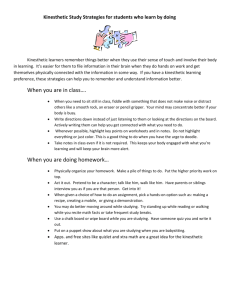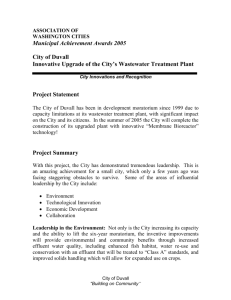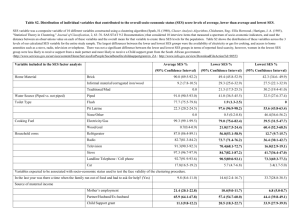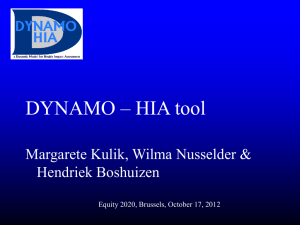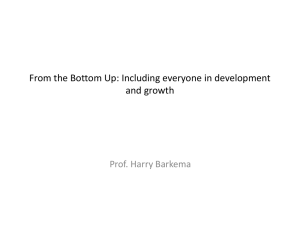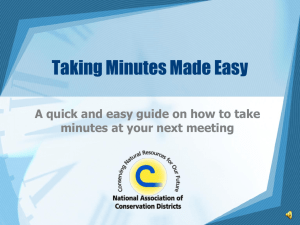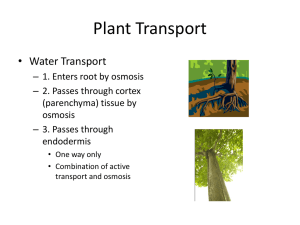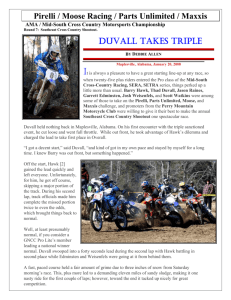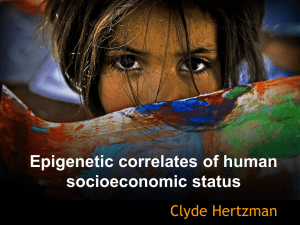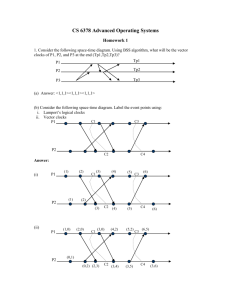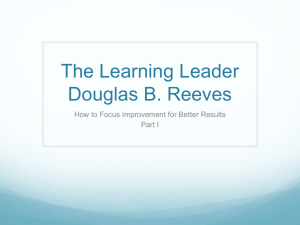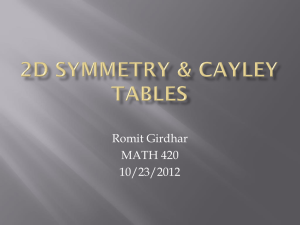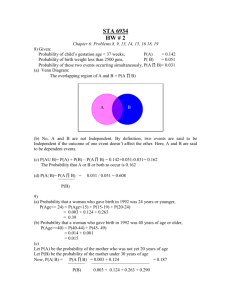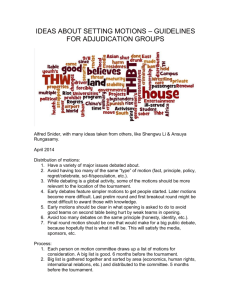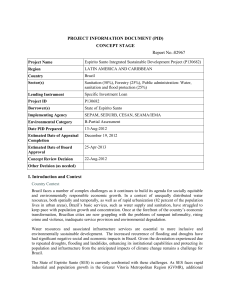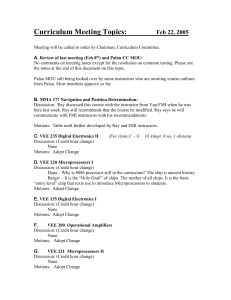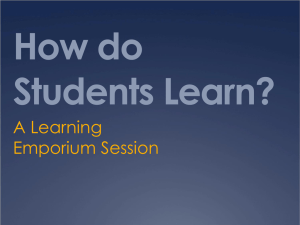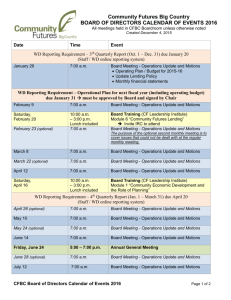Bridging the Gap through Vocabulary Instruction
advertisement
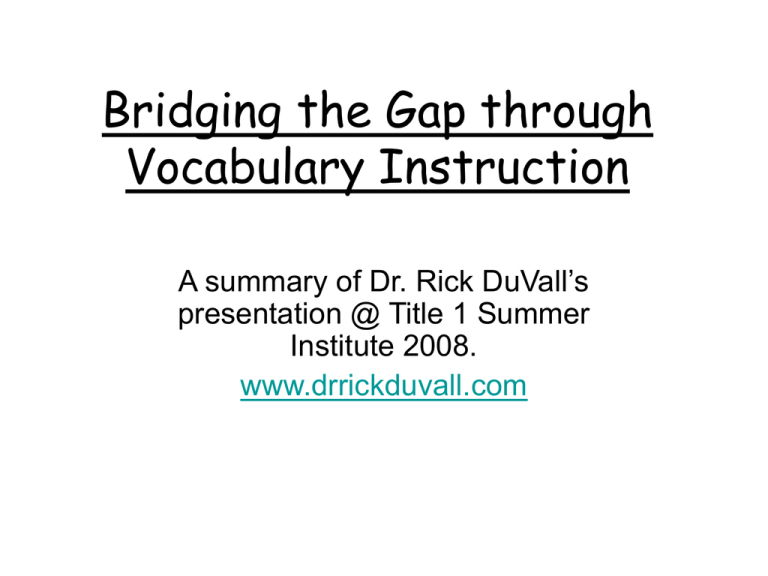
Bridging the Gap through Vocabulary Instruction A summary of Dr. Rick DuVall’s presentation @ Title 1 Summer Institute 2008. www.drrickduvall.com Table Tent Activity:“How you doin?” Directions: Write one of these words that best describes you right now. Awesome Astonishing Brilliant Breath Taking Blood Thirsty Exceptional Fabulous On the Edge Nearly Illegal Soul Stirring The Walking Dead Passionate Powerful Tremendous Incomparable Shocking Unbelievable Wonderful Electrifying Extraordinary Vastly Inspiring Magnificent Amazing Unstoppable Provocative Mind Boggling Splendid Sensational Exquisite Table Tent Activity:“How you doin?” • Have laminated table tents. • When students come in each morning, they write a word, with a dry erasable marker, from the list that best describes their feelings for that day. • Students partner up and explain their choice. • Teacher walks around and gets a feel on students’ mood. • Every Monday morning 3 new words are added to list. (First Monday of the year, only 3 words to choose from…next week, 6 words…etc.) Dr. Rick DuVall’s Focus. . . • ____Research_____ on Vocabulary • ____Direct___ Vocabulary Instruction Conceptual Model of the Factors That Mediate the Influence of Vocabulary on Reading Comprehension (adapted from a model by Lubliner, 2005) Socioeconomic Factors Background Knowledge English Language Proficiency Vocabulary Instruction Vocabulary Knowledge Reading _________ Volume Reading Comprehension ______________ Did you know? • “Direct teaching of vocabulary might be one of the most _____underused ______activities in K – 12 education. The lack of vocabulary instruction might be a result of misconceptions about what it means to teach vocabulary and its potential effect on student learning. Perhaps the biggest misconception is that teaching vocabulary means teaching formal dictionary definitions.” Marzano, et al., 2002 According to the National Reading Panel. . . • The larger the reader’s vocabulary (either oral or print), the easier it is to __Make__ __Sense____ of the text. A rich vocabulary… • • • • Boosts ____Comprehension_____ Improves ___Achievement_____ Enhances __Communication_____ Shapes ____Thinking_________ What Research Says… Meaningful Differences in the Everyday Experience of Young American Children Hart and Risley (1995) Behind the Vocabulary Gap… Doesn’t Matter: Race/Ethnicity, Gender, Order of Birth, Where Born Matters: Socio-Economic Status Meaningful Difference in Early Language Experiences (Study of 42 Families for 2.5 years. Observed every month for 1 hour starting when the child was 7-9 months old.) By Betty Hart and Todd R. Risley SES= Socio-economic Status Low SES Middle SES High SES Cumulative Words used per hour 616 1251 2153 Different words used per hour 149 216 297 Differences in vocabulary at 36 months of age 580 words 800 words 1200 words Utterances to a child per hour 178 301 487 Affirmations per hour 5 12 32 Prohibitions per hour 11 7 5 Minutes interacting with child per hour 18 26 42 Cumulative words heard per week 62,000 125,000 215,000 Cumulative Language Experience at age 4 13,000,000 words 125,000 more instances of negative feedback 26,000,000 words 100,000 more instances of encouraging feedback 45,000,000 words 560,000 more instances of encouraging feedback A Model for Direct Word Learning • There are 4 underlying assumptions that guide successful word learning (Bromley, 2002). – It is ____personal (something I care about). – It is ____active (able to use in conversation). – It is ____flexible (use it many ways; i.e. “cheesy”- lots of cheese or funny). – It is ___ strategic (when to use it). Key Word Strategy • The teacher preselects words and phrases that students will be expected to understand from the reading. Most of these words should already be known. • In cooperative groups or with a partner, students connect words that fit together meaningfully (they can only use each others previous knowledge). • The whole class discusses how the words connect. This sets a purpose for reading and acts to motivate readers with a desire to find out the meaning of unknown words. • The students are given a few more minutes to see if they can uncover the meanings of the unknown words in their cooperative groups (use glossary, index, skim pages of text, etc). • The whole class discusses what was discovered about unknown words. Example of Key Word Strategy Volcano Rock Earth Blast Extinct Ground Magma Steam Erupts Fire Ocean Dormant Active Lava • Talk about it: – What words go together? – What words don’t you know? • Read and see if you can figure out what the unknown words mean. • Discuss what you’ve learned Key Word Strategy —You Do! With a partner, pair these words together: • • • • • • • • • • • • Satellite Faxes Antennae Dish Space Shuttle Internet Microwave Land Link 22,300 miles Radio Waves Comsat Orbit Email Enrich Our Students’ Vocabulary positive • When _____________ emotions are associated with a learning task, the knowledge is more likely to be retained. Game • _______________ formats for vocabulary help create that positive connection. Kinesthetic Vocabulary Create movement/motions for words that correlate with meaning Kinesthetic Vocabulary- You Do! Today’s Science Vocabulary: • Ichthyology • Exfoliate • Sublimation • Detritus • Cephalothorax There will be a QUIZ today!!!!!!! How to do Kinesthetic Vocabulary • • • No definitions given!!!...Till the quiz!!! Present/Show all the words. Tell students to: “Track with your eyes…as I say the word” (say three times alone), “Let me hear you say it while you track it with your eyes.”--Say it loud, whine the word, whisper the word, sing the word…etc. • Next, use hand motions to describe the words—have them watch a few times (use funny voices with motions to word, i.e. Detritus—use Dirty Harry Voice…). • Have them do motion after you and say word (three times); do for each word. • Partner with someone – one does the hand motions, other identifies the word, switch.) • Have students get a sheet of paper and pencil and number paper • QUIZ!!! • Read Definitions Example: • 1. To give off scales or body cells (exfoliate) • 2. Dead organic matter (Detritus) • 3. A fused head and abdomen (Cephalothorax) • 4. The process by which a solid turns directly into a gas (sublimation) • 5. The scientific study of fishes (Ichthyyology) • Check and discuss! Word Continuum (evaluating nuances of word meanings to build rich descriptive vocabulary) • Teacher selects antonyms that he/she is confident the students know other words for (cold/hot; big/little; pretty/ugly; nice/mean; happy/sad) • Teacher asks students to name synonyms for each word. • Teacher introduces additional synonyms and explains them. • Students create a linear array of the words by intensity of the particular characteristic. More Ideas from Dr. Rick DuVall • Attitude Menu • Said is Dead Cemetery (or put said to bed, on vacation, recycled…) • Word Worth Chart (i.e. said-1 cent word; explain-25 cent word) • Paint Chips (descriptive language) • Crayon Box (words put on large crayons, i.e. red crayon: crimson, cinnamon, ruby, etc) • Naming your students tables (i.e. brilliant, intelligent, clever, sharp, quick, brainy)

